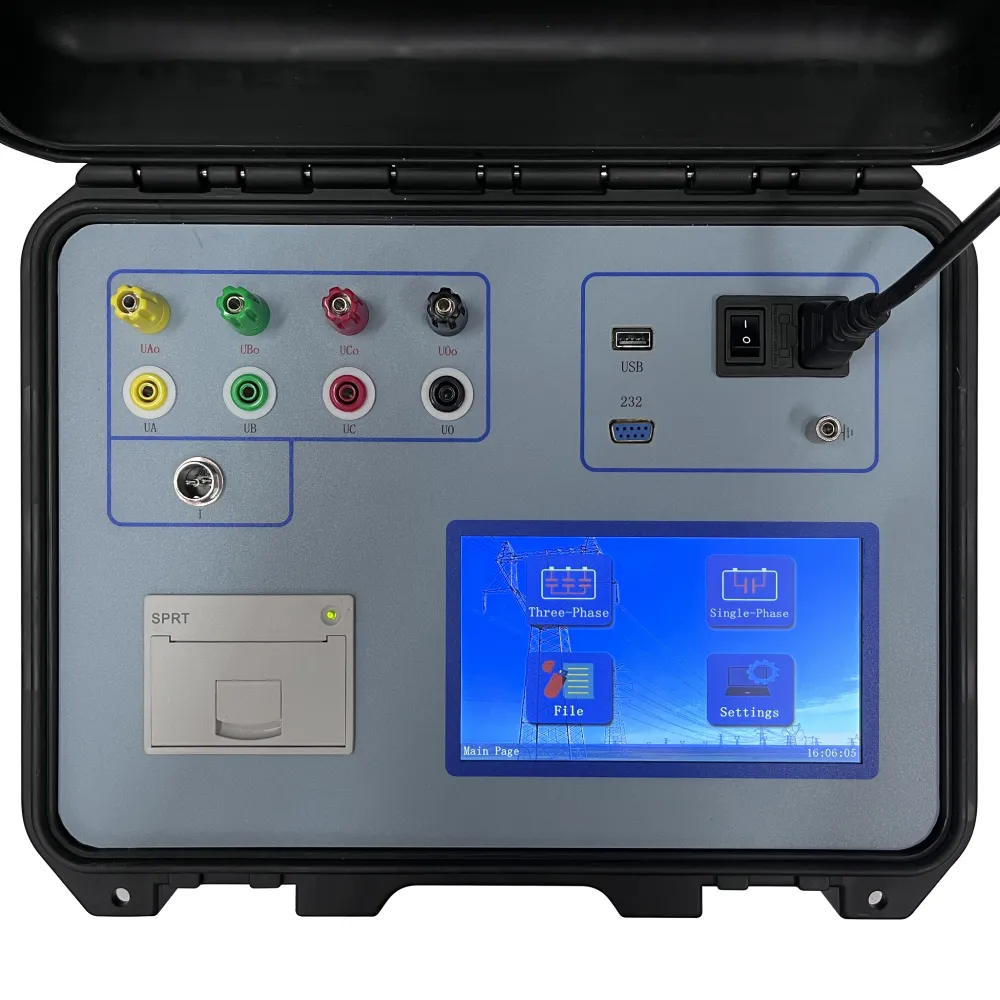 English
English



-
 Afrikaans
Afrikaans -
 Albanian
Albanian -
 Amharic
Amharic -
 Arabic
Arabic -
 Armenian
Armenian -
 Azerbaijani
Azerbaijani -
 Basque
Basque -
 Belarusian
Belarusian -
 Bengali
Bengali -
 Bosnian
Bosnian -
 Bulgarian
Bulgarian -
 Catalan
Catalan -
 Cebuano
Cebuano -
 China
China -
 China (Taiwan)
China (Taiwan) -
 Corsican
Corsican -
 Croatian
Croatian -
 Czech
Czech -
 Danish
Danish -
 Dutch
Dutch -
 English
English -
 Esperanto
Esperanto -
 Estonian
Estonian -
 Finnish
Finnish -
 French
French -
 Frisian
Frisian -
 Galician
Galician -
 Georgian
Georgian -
 German
German -
 Greek
Greek -
 Gujarati
Gujarati -
 Haitian Creole
Haitian Creole -
 hausa
hausa -
 hawaiian
hawaiian -
 Hebrew
Hebrew -
 Hindi
Hindi -
 Miao
Miao -
 Hungarian
Hungarian -
 Icelandic
Icelandic -
 igbo
igbo -
 Indonesian
Indonesian -
 irish
irish -
 Italian
Italian -
 Japanese
Japanese -
 Javanese
Javanese -
 Kannada
Kannada -
 kazakh
kazakh -
 Khmer
Khmer -
 Rwandese
Rwandese -
 Korean
Korean -
 Kurdish
Kurdish -
 Kyrgyz
Kyrgyz -
 Lao
Lao -
 Latin
Latin -
 Latvian
Latvian -
 Lithuanian
Lithuanian -
 Luxembourgish
Luxembourgish -
 Macedonian
Macedonian -
 Malgashi
Malgashi -
 Malay
Malay -
 Malayalam
Malayalam -
 Maltese
Maltese -
 Maori
Maori -
 Marathi
Marathi -
 Mongolian
Mongolian -
 Myanmar
Myanmar -
 Nepali
Nepali -
 Norwegian
Norwegian -
 Norwegian
Norwegian -
 Occitan
Occitan -
 Pashto
Pashto -
 Persian
Persian -
 Polish
Polish -
 Portuguese
Portuguese -
 Punjabi
Punjabi -
 Romanian
Romanian -
 Russian
Russian -
 Samoan
Samoan -
 Scottish Gaelic
Scottish Gaelic -
 Serbian
Serbian -
 Sesotho
Sesotho -
 Shona
Shona -
 Sindhi
Sindhi -
 Sinhala
Sinhala -
 Slovak
Slovak -
 Slovenian
Slovenian -
 Somali
Somali -
 Spanish
Spanish -
 Sundanese
Sundanese -
 Swahili
Swahili -
 Swedish
Swedish -
 Tagalog
Tagalog -
 Tajik
Tajik -
 Tamil
Tamil -
 Tatar
Tatar -
 Telugu
Telugu -
 Thai
Thai -
 Turkish
Turkish -
 Turkmen
Turkmen -
 Ukrainian
Ukrainian -
 Urdu
Urdu -
 Uighur
Uighur -
 Uzbek
Uzbek -
 Vietnamese
Vietnamese -
 Welsh
Welsh -
 Bantu
Bantu -
 Yiddish
Yiddish -
 Yoruba
Yoruba -
 Zulu
Zulu
Transformer Testing Techniques for Different Oil Types in Electrical Applications
Testing of Oil Type Transformers A Comprehensive Overview
Oil type transformers are critical components in electrical power systems, widely used for voltage transformation, isolation, and energy transfer. Their construction typically includes a core, windings, and insulating oil, which plays a significant role in both cooling and insulation. The performance and longevity of these transformers depend on regular and thorough testing. This article delves into the essential tests conducted on oil type transformers, highlighting their importance in ensuring operational efficiency and safety.
Importance of Testing
Testing oil type transformers is essential for several reasons. Firstly, it helps identify any electrical or mechanical issues that may lead to failures in the transformer. Secondly, it ensures that the insulating oil maintains its dielectric strength and is free of moisture and impurities. Finally, routine testing is crucial for compliance with industry standards and safety regulations, which helps avoid catastrophic failures that could result in significant economic losses and jeopardize public safety.
Key Testing Methods
1. Insulation Resistance Testing This test measures the resistance of the insulation system, which is critical for the safe operation of the transformer. A low insulation resistance value can indicate moisture ingress or contamination, which can compromise the performance of the transformer.
2. Power Factor Testing This method evaluates the power factor of the insulation system and the integrity of the transformer. A high power factor indicates good insulation quality while a low power factor may suggest deterioration or aging of the insulation materials.
oil type transformer testing

3. Dissolved Gas Analysis (DGA) DGA is a vital diagnostic tool to assess the condition of the insulating oil. By analyzing the types and concentrations of dissolved gases, such as hydrogen, methane, and ethylene, engineers can detect abnormal operating conditions or potential faults, allowing for proactive maintenance.
4. Transformer Turns Ratio (TTR) Testing TTR testing measures the ratio of the number of turns in the primary and secondary windings. This test helps verify that the transformer is functioning correctly and can indicate winding failures or short circuits if the ratio deviates from the expected value.
5. Frequency Response Analysis (FRA) This test evaluates the mechanical integrity of the transformer’s windings. By analyzing the frequency response, engineers can identify problems such as winding displacements, which could lead to catastrophic failures if left unaddressed.
6. Thermal Imaging This non-invasive technique involves the use of infrared cameras to detect hotspots on transformer surfaces. Hotspots can indicate poor connections, excessive loading, or insulation failure, allowing for timely corrective action.
Conclusion
The testing of oil type transformers is crucial to maintaining their reliability and efficiency in power systems. Regular testing not only helps in identifying potential issues before they escalate into serious problems but also extends the lifespan of the equipment. With various testing methods available, utilities and engineers can ensure that their transformers operate safely and effectively. As power demands grow and technologies advance, the importance of rigorous testing will only increase, cementing its role as an essential practice in the management of electrical infrastructure. Ultimately, investing in comprehensive testing protocols is fundamental to safeguarding both the transformer units and the broader electrical grid they support.
-
Ensuring SF₆ Gas Safety: Introducing PUSH’s Integrated SF₆ Analyzer for Dew Point, Purity, and Decomposition MonitoringNewsJul.10,2025
-
Exploring the Main Types of Industrial Endoscopes and Their Applications Across IndustriesNewsJul.04,2025
-
Testing Equipment Industry Sees Major Advancements in 2025: Smart & Precision Technologies Lead the WayNewsJun.06,2025
-
Applications of Direct Current Generators in Renewable Energy SystemsNewsJun.05,2025
-
Hipot Tester Calibration and Accuracy GuidelinesNewsJun.05,2025
-
Digital Circuit Breaker Analyzer Features and BenefitsNewsJun.05,2025



